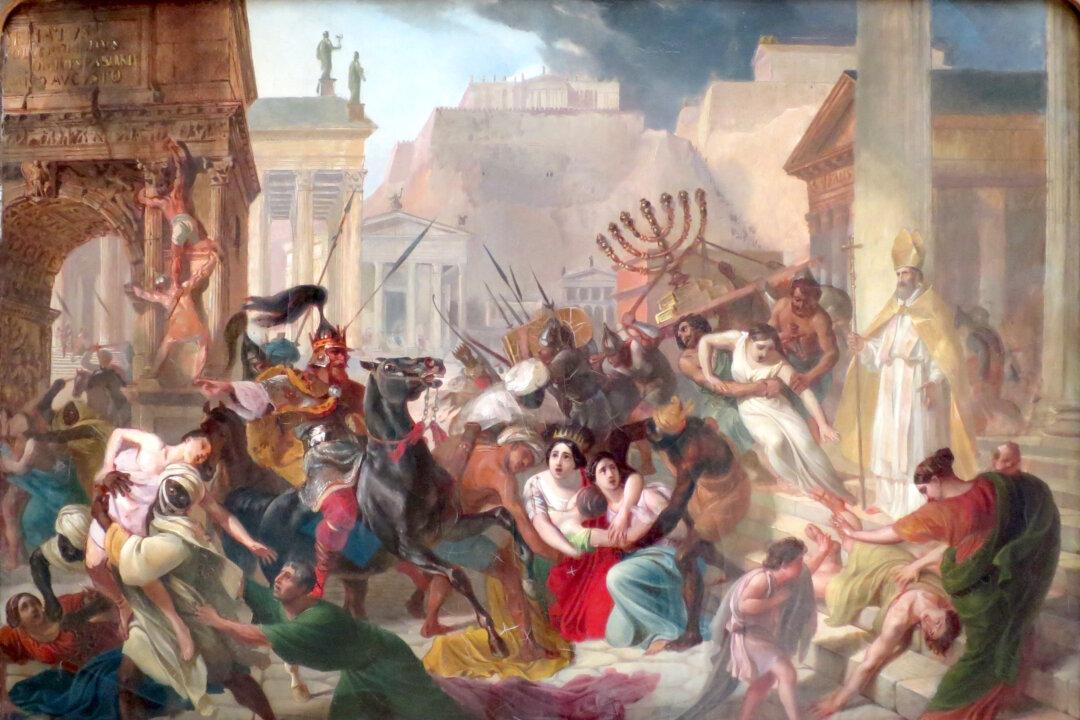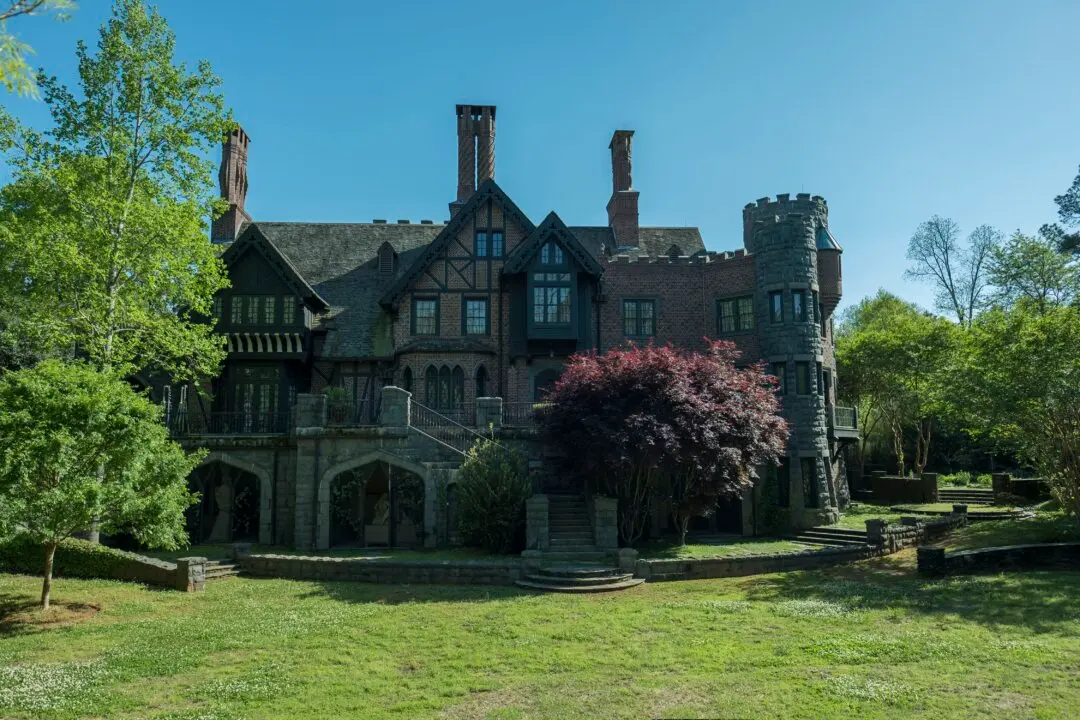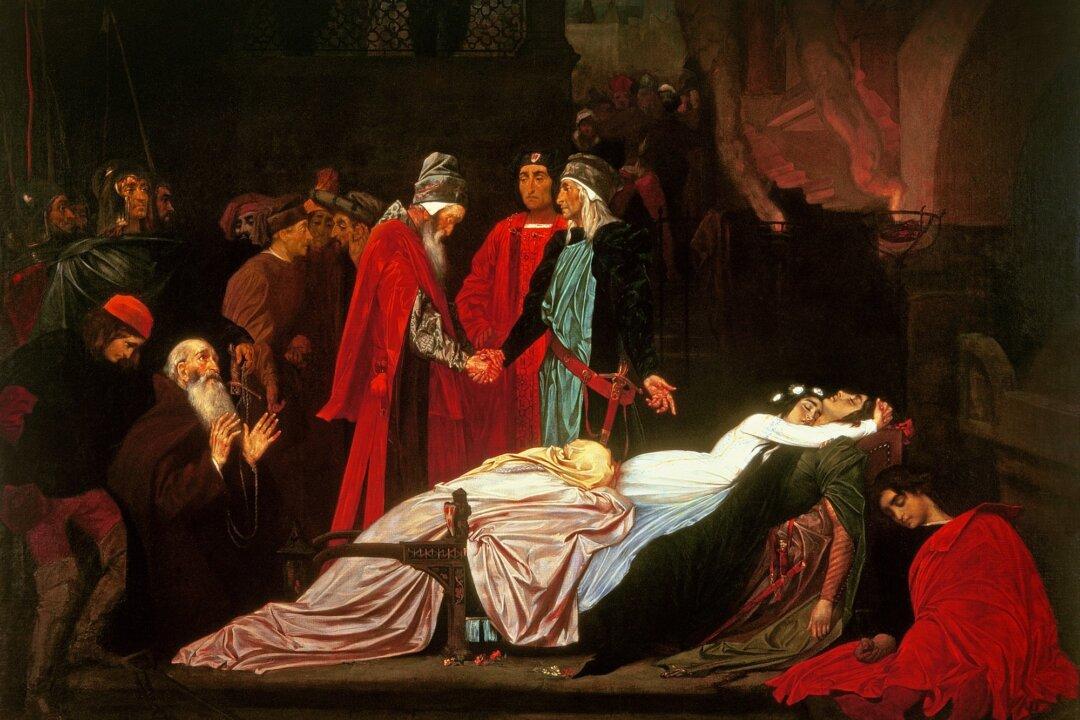In the month of June, A.D. 455, the Germanic tribe known today as the Vandals sacked the great city of Rome. While the Eastern half of the Empire, known as the Byzantine Empire, continued as a powerful political force for more than a thousand years, this event is as good as any for marking the fall of the Western Roman Empire.
It’s also a perfect example of the resiliency of Roman heritage. Rome’s literature, its language, its laws, and its republican ethos not only survived the sack of Rome, but shaped the event itself. Rome’s heritage mitigated the loss of human life and even lived on amid the physical ruins of the Roman Empire.





